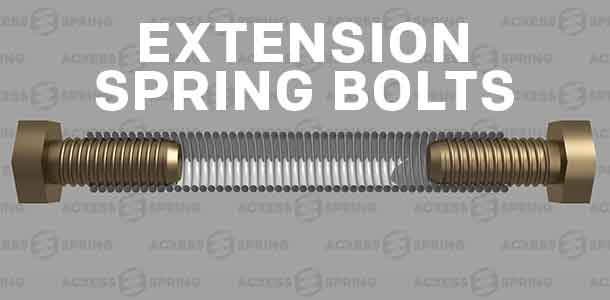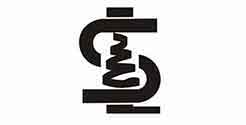Identify an Extension Spring’s Direction of Wind
Determining the direction of wind for extension springs can be critical to the design and function of your application or project. In some cases, getting the wrong direction of wind will make your springs useless. Explained below is a common case where direction of wind is an essential factor. Also provided are instructions and diagrams explaining how to determine your extension spring’s wind direction.
When it comes to extension springs, the weakest point tends to be the hooks. Therefore, if the spring is extended past its elastic limit, the hooks can break. It is because of this that many people choose to use bolts instead of hooks. This is where the direction of wind comes into play. It is necessary to determine the wind direction in order for the bolt to properly twist into the spring’s inner diameter.
Most bolts are right handed and the direction in which the threads are wound must be the same as the direction in which the spring is wound. In this manner, right handed bolts go into right handed springs.

Determining the Direction of Wind
Use the front coil to determine the extension spring’s wind direction. First, position the front coil so that the tip of the wire is at 12 o’clock. Then, check the direction in which the wire begins to turn to form the first coil. If it goes clockwise, it’s a right hand spring, if it coils counter-clockwise, the spring is left handed.

Need additional help? Give us your device's requirements and we will put a spring on it!




 Español
Español